We are using a PC power supply to power our project, which is a Robotic arm. Since our power supply has a 12V output voltage, can anyone please advise how to step down the voltage (12V) to 6V.
Using a buck converter to step down the voltage to 6V is heating up the circuitry. It's also reducing the maximum rated current, which makes it unsuitable for the motors.
The L7806 regulator is also an option, but it drops the maximum achievable current. How to avoid this problem, where the current drops along with the voltage?
NOTE: We are using 5 servos, and looking for the simplest possible solution to step down the voltage to 6V and still deliver 7.5A.
